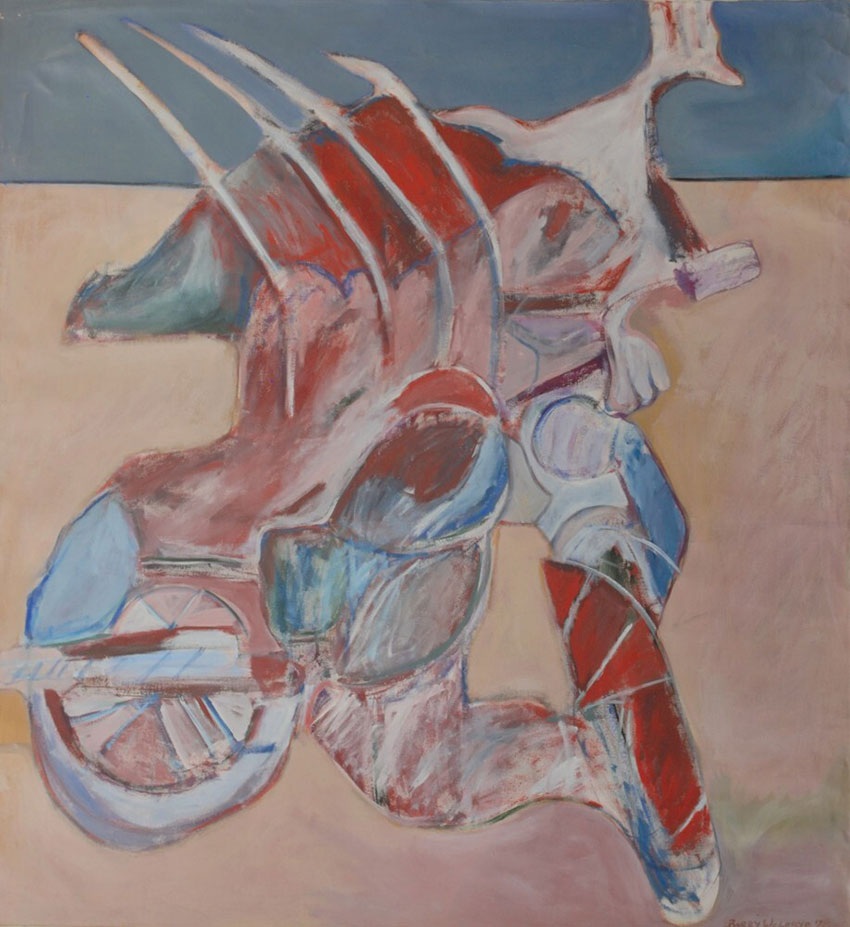Mexico has always attracted adventurous foreigners looking for something different, but the expat enclave phenomenon we know now in San Miguel de Allende began in the 20th century.
San Miguel is not the first, nor the last, but it is the best known, especially north of the border. The first was Taxco, just three hours from Mexico City.
In the 1920s, it attracted foreigners and artists, some famous, for its scenery and “authentic” Mexican atmosphere. But by the late 1930s, there were “too many” foreigners, leading some to look for an alternative.
Around that same time, a Peruvian artist discovered the dying town of San Miguel de Allende. The loss of the commercial silver routes and the Mexican Revolution had decimated the local economy. However, Felipe Cossío de Pomar “fell in love with the light” there and envisioned the town as the “new Bauhaus” to give artists a sanctuary to work in.
He convinced the Mexican government to let him use an old convent (today the main cultural center) to establish an art school. Cossío had many contacts with prominent artists and intellectuals in Mexico and abroad and succeeded in promoting San Miguel as the new “authentic Mexican” experience.

Cossío got the school started, but it was the work of American Stirling Dickinson that gave the school and San Miguel its standing among North Americans. He continued to promote the town as an “undiscovered gem,” but the real success came when he got the school accredited with the U.S. government to receive World War II G.I. Bill money.
However, the school’s success also brought some major headaches. The main issue was an already existing conflict between the bohemian artists of the school and the rather conservative Catholic locals. This was exacerbated by hundreds of American GIs.
In addition, students expected more from their tuition money, and even staged a strike that divided the entire population. To satisfy the students, the school hired David Alfaro Siqueiros to paint a mural, but his radical politics proved completely unacceptable to the townspeople. His unfinished mural can still be seen today in the Centro Cultural Ignacio Ramírez El Nigromante.
The situation caused an international scandal, so the Mexican government stepped in. It took over, changing the school’s name to the current Instituto Allende. It was moved to the De la Cana Hacienda on the outskirts of town, a larger space, but G.I. Bill accreditation was lost.
The school is not the main reason why San Miguel attracts so many artists and retirees today. In fact, it is peripheral to life in San Miguel at best.
Although the school’s turbulent heyday lasted only a few years, the GIs who studied there remembered San Miguel fondly. When they began reaching retirement age, more than a few decided to return. They bought the old, dilapidated colonial structures and fixed them up to create the historic center as it exists today.

As their numbers grew, businesses sprang up and infrastructure was improved, starting a snowball effect that continues to this day. San Miguel is now a tourist destination and a World Heritage Site. Condé Nast Traveler named it the best city in the world to live. The town now attracts tourists, as well as moneyed Mexicans who buy weekend homes here.
Despite the near irrelevance of the Instituto Allende and the influx of non-artist retirees, art remains an important element of life in San Miguel. The returning GIs never lost their interest, whether they had pursued a career in art or not, they certainly were involved with it (again).
To this day the town attracts Mexican and foreign artists of retirement age and younger. The concentration of residents with the economic means to buy art means that San Miguel is Mexico’s second most important domestic art market after Mexico City.
But the picture isn’t entirely rosy. Aside from the urban sprawl and traffic that just seems to be getting worse, the center has been derided as a “Disneyland” version of Mexico — too perfect. Most locals cannot afford to live there and have moved to the less scenic periphery. These negatives have prompted another search for the “authentic Mexican experience” in places such as Coatepec, Veracruz, and San Cristóbal, Chiapas, whose residents worry that too many “gringos” will lead their town to San Miguel’s fate.
There is also the idea that artists in San Miguel are “wannabes,” retirees that never picked up a brush before and envision themselves as great artists after a few classes. Certainly, there are some that fit the description, but most selling artists in San Miguel have been trained outside the city and in the case of foreigners, in their home countries. Some have had full-time careers as artists, simply changing location. Many who did not dedicate themselves to artistic production full-time had worked in related careers such as advertising and design.
The art school remains important historically. It is a classic “if you build it, they will come” story, but it also serves to show the allure this country has for those with creative inclinations.
Leigh Thelmadatter arrived in Mexico 17 years ago and fell in love with the land and the culture. She publishes a blog called Creative Hands of Mexico and her first book, Mexican Cartonería: Paper, Paste and Fiesta, was published last year. Her culture blog appears weekly on Mexico News Daily.
